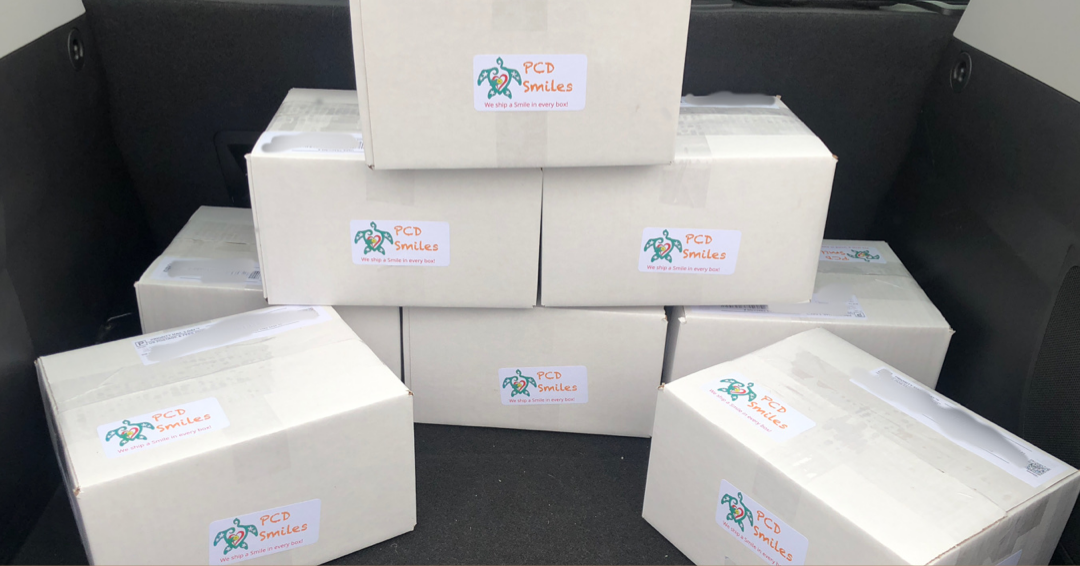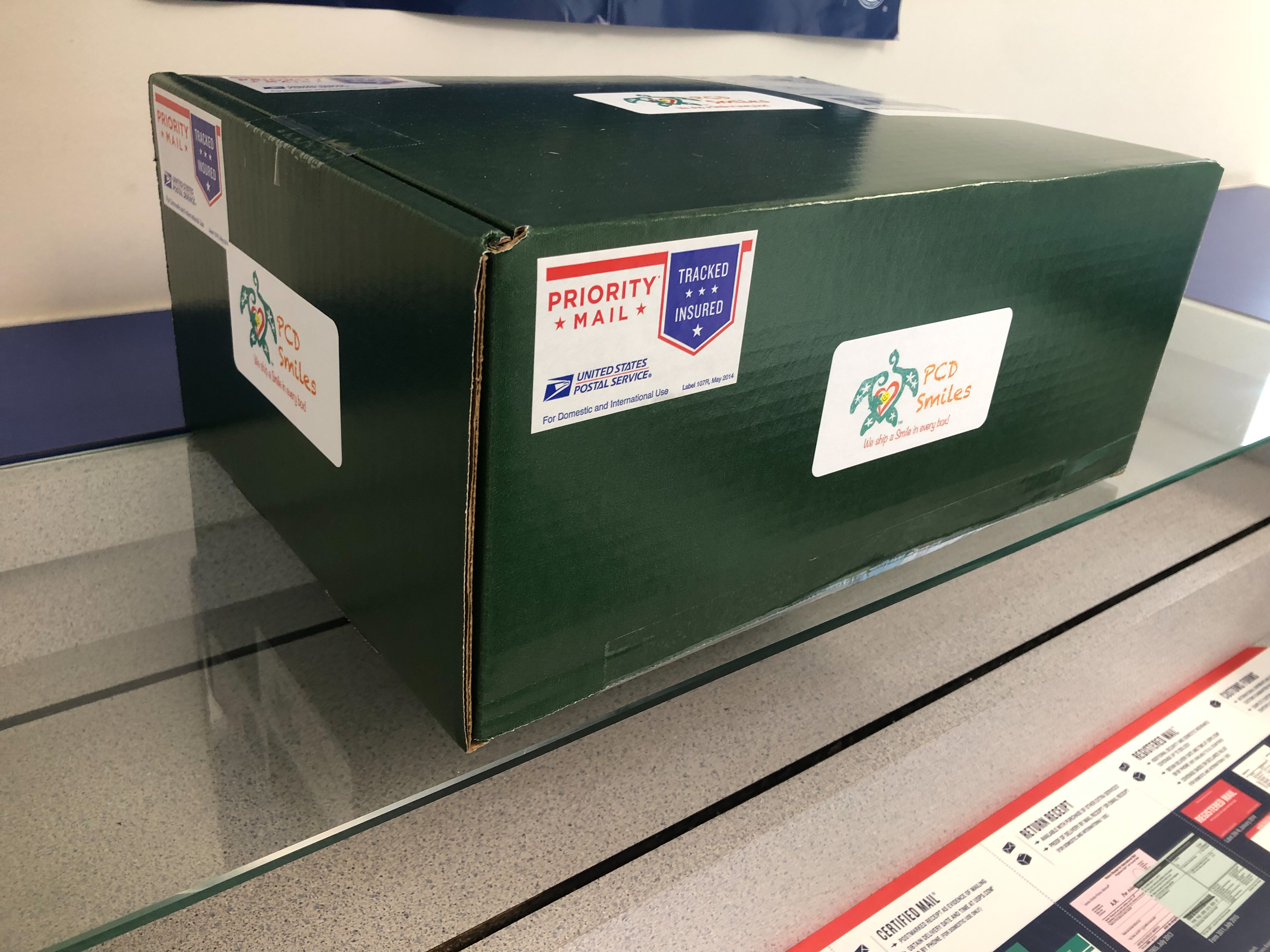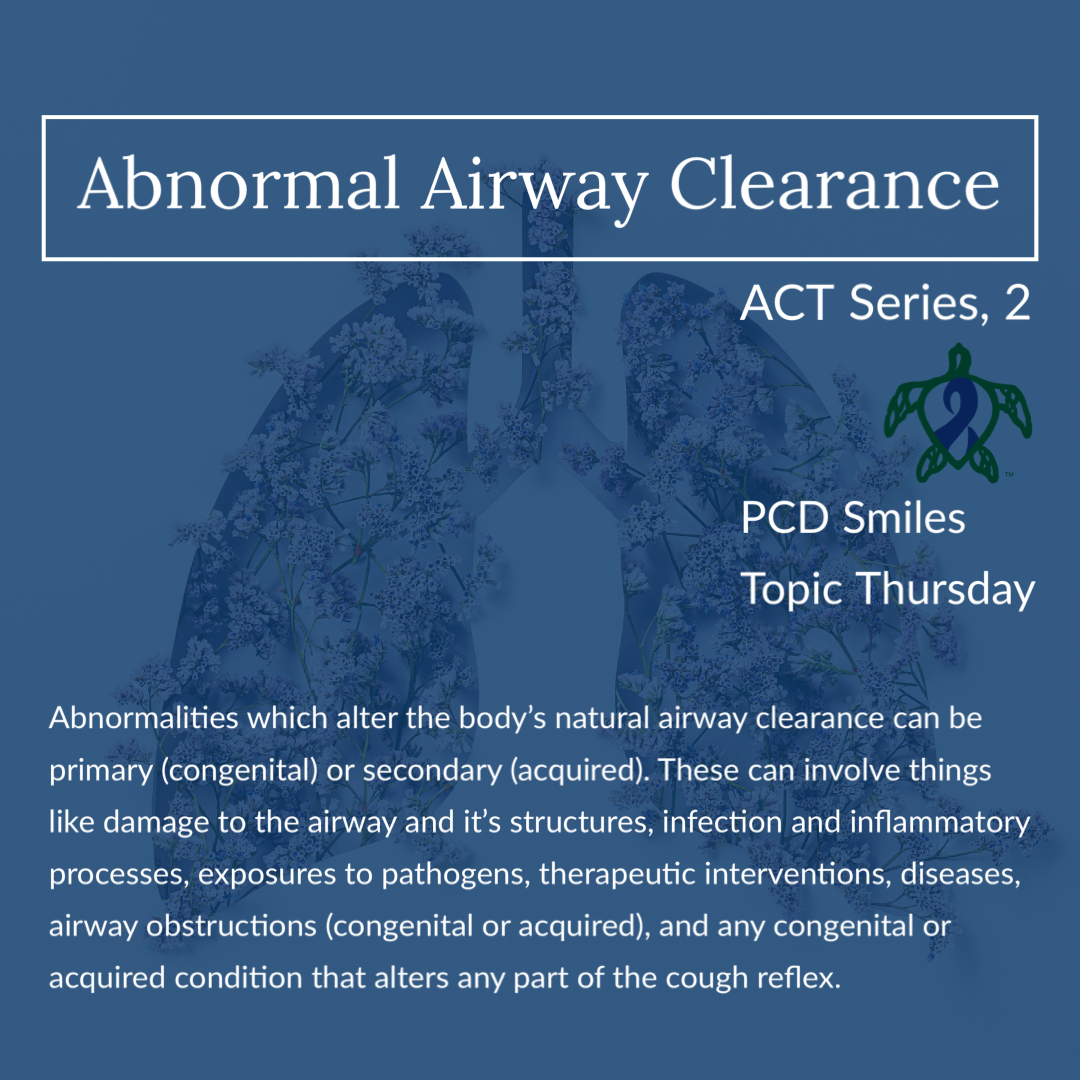PFTs or Pulmonary Function Tests and the results of those tests are one of the most confusing things for a patient to understand; even if they do the tests quite regularly. PFTs can be as simple as one breathing maneuver repeated three times in a row, often called Partial PFTs or Basic PFTs. Or PFTs can be more complex testing, often referred to as Full PFTs or Pre and Post PFTs. So what actually are the PFTs? The PFTs are called spirometry, lung volume, and diffusion capacity. The spirometry, lung volume, and diffusion capacity tests can be done before inhaled medications, after inhaled medications, or both before and after.
Preparing for your PFTs is as important as the tests themselves. Be sure that you understand the test or tests that you’ve been scheduled for, and when and if you should change how and when your inhaled medications need to be taken prior to the tests. To enable you to breathe your best for the testing be sure not to consume heavy meals as these will make you uncomfortable during the testing phase. Also wear lose clothing to insure you can breathe deeply and comfortably. All of these precautions will help you to succeed in doing your absolute best for your PFTs.
The simplest and most widely used PFT is spirometry. Spirometry uses just one breathing maneuver repeated at least three times. The patient sits in a chair, ensuring to sit tall and with both feet on the ground in front of them. The patient places a mouthpiece into their mouth and breathes normally for a few breaths, then they take a deep breath in (deep as they can), then they exhale as fast, as hard, and fully as possible until all the air in their lungs are empty, and then they inhale a breath. Spirometry tests are often done pre bronchodilators, post bronchodilators, or both pre and post bronchodilators. Doing the test both pre and post bronchodilators can tell your doctor if bronchodilators help your lungs or not. Spirometry testing measures both the amount of air being exhaled and the time it takes to exhale that amount. The testing is done three times or more to ensure the results are reliable and reproducible.
Spirometry measures many different volumes, how much air is moved; and flow rates, how fast the air moves. The common measurements in spirometry are as follows. Forced Vital Capacity also known as FVC; is the volume of air exhaled from full inhalation to full exhalation. Forced Expiratory Volume in the First Second also known as FEV1; is the volume of air that a patient can forcefully blow out in the first second of the FVC. A decrease in your FEV1 compared to normal values from a group of people who are your same weight, height, sex and are nonsmoking individuals may indicate a decrease in your flow rates. Ratio of FEV1 to FVC also known as FEV1/FVC, is calculated by dividing a patient’s actual FEV1 with patient’s actual FVC and reporting the result as a percentage. A patient’s FEV1/FVC can help determine what type of lung disease or lung damage that the patient has or may have. Peak Expiratory Flow, Peak Flow, or Forced Expiratory Flow Maximum also known as PEF, PF, or FEF Max; is the fastest flow rate reached at anytime during the FVC usually occurring near the beginning of the patient’s forced exhale of the FVC. Maximum Mid-Expiratory Flow also known as MMEF or FEF25-75, is the flow rate in the middle of the patient’s forcible exhale. MMEF or FEF25-75 is a very sensitive measurement of air flow obstruction in those patients with mild disease. If your tests are ordered with pre and post bronchodilators you will receive two sets of results one set for pre bronchodilators and one set for post bronchodilators. If the pre bronchodilators test shows obstruction, but the obstruction disappears during post bronchodilators test this is usually indicative of the patient having some form of asthma.
Another group of PFTs that helps your doctor gage your lung health are Lung Volumes. The three most commonly used tests to gage lung volumes are as follows. Nitrogen Washout; done by breathing oxygen normally while exhaled gas is collected and analyzed for residual nitrogen. Helium Dilution; done by breathing in a gas mixture of helium and oxygen during normal breathing. Plethysmography also known as the Body Box, the most accurate lung volume measurement technique; done while the patient sits in a box (enclosed chamber) and preforms very small panting maneuvers. The separate volumes of air measured during lung volume testing are as follows. Total Lung Capacity or TLC; the maximum amount of air that a patient’s lungs can hold, which is measured at the very top of inhalation. Vital Capacity or Slow Vital Capacity also known as VC or SVC; the maximum amount of air that can be exhaled during normal and slow exhalation after a patient has inhaled to their fullest. Functional Residual Capacity also known as FRC; the amount of air left in the lungs after a normal exhalation. Residual Volume also known as RV; the remaining air in the lungs after the patient exhales all the air they possibly can. Tidal Volume also known as VT; the amount of air that is inhaled and exhaled with each breath the patient takes, basically normal breathing while at rest. Inspiratory Reserve Volume also known as IRV; the greatest amount extra air that a patient can inhale after normal inhalation. Inspiratory Capacity also known as IC; the amount of air that a patient can inhale after exhaling a normal breath. Expiratory Reserve Volume also known as ERV; the greatest amount of air that a patient can exhale after normal exhalation. Lung volume testing can help your doctor decide if you have a restrictive lung disease or an obstructive lung disease.
And lastly your doctor may order Diffusion Capacity also known as DLCO; which measures how well gases move from the lungs into the blood, like oxygen for example. There are several ways to do DLCO with the most common being the ten second single breath hold. The patient is asked to take a single breath while inhaling a mixture of harmless gases, they then hold that breath ten seconds, then exhale that breath and as the patient exhales the machine takes a sampling of that exhale. The machine then compares the inhaled and exhaled gas concentrations to give a reading of how well oxygen moves from the patient’s lungs to their blood. This helps the doctor to determine if there is damage where the oxygen and the blood meet in the patient’s air sacs also known as alveoli. Higher than predicted DLCO is rarely cause for concern. Whereas a lower than predicted DLCO can indicate a large variety diseases that your doctor will need to sort out what the actual issue is by using other testing and other readings from your PFTS.
In PCD, PFTs are used regularly to gage and monitor the overall picture into the patient’s lung health. The PCD Foundation recommends that PFTs be conducted for surveillance purposes at least two to four times a year. PFTs can help your doctor see emerging trends in your lung function, see drastic changes in your lung function, and overall help monitor your lung function and lung health over long periods of time.
Be sure to visit us next week for another Topic Thursday!
Join our Facebook group Turtle Talk Café today, click here.
We have several ways that you can donate to PCD Smiles;
- Visit Smile E. Turtle's Amazon Wishlist
- For more information on how you can donate, please visit our "Donation" page to check out our "Do & Don't policies.
- Or sponsor a PCD Smiles cheer package today!
- To shop for your “Official” turtle care ribbon gear today, visit PCD Style or Smile E. Cove
Thank you for your consideration!













